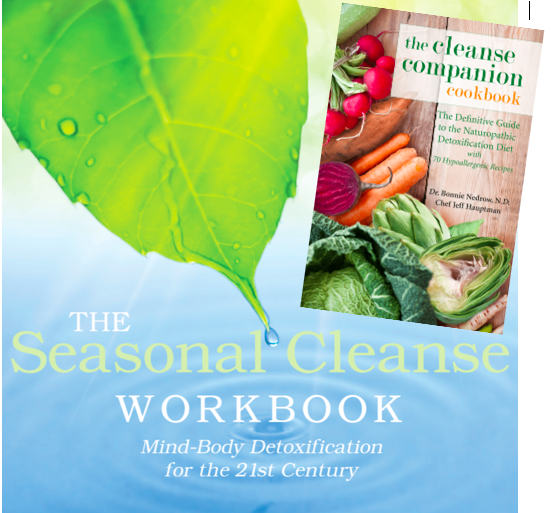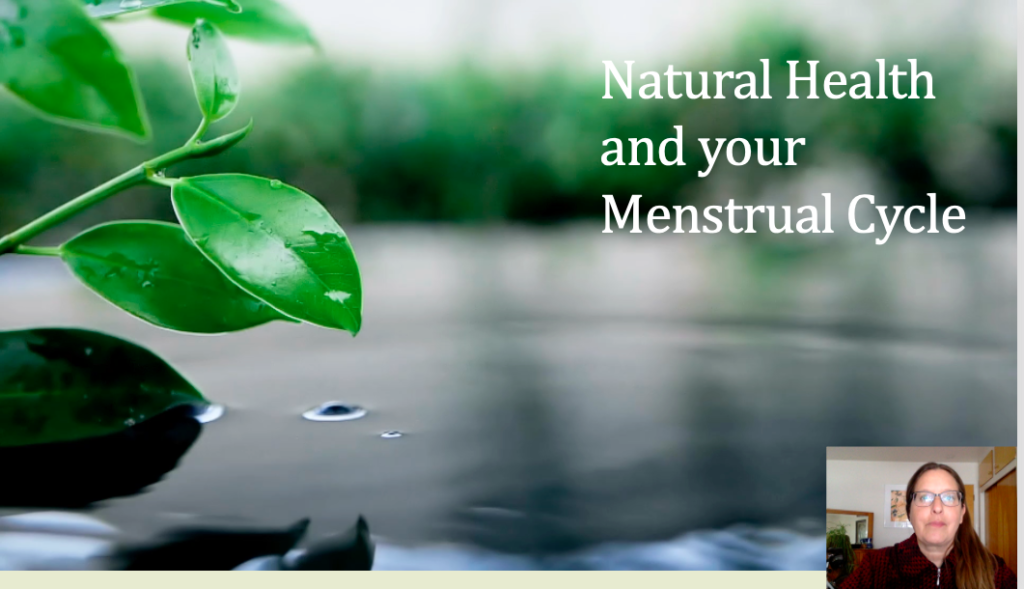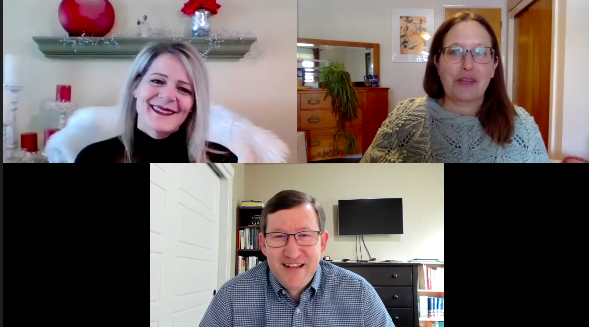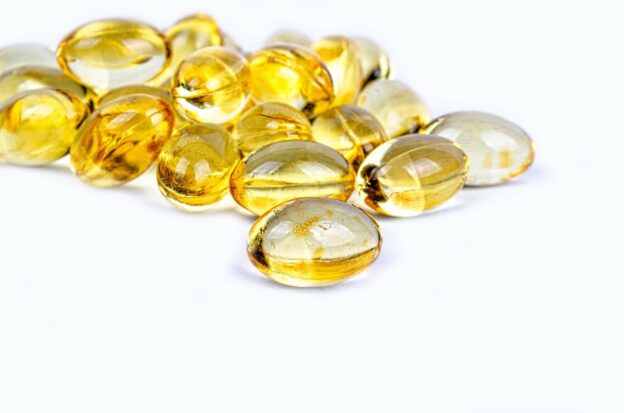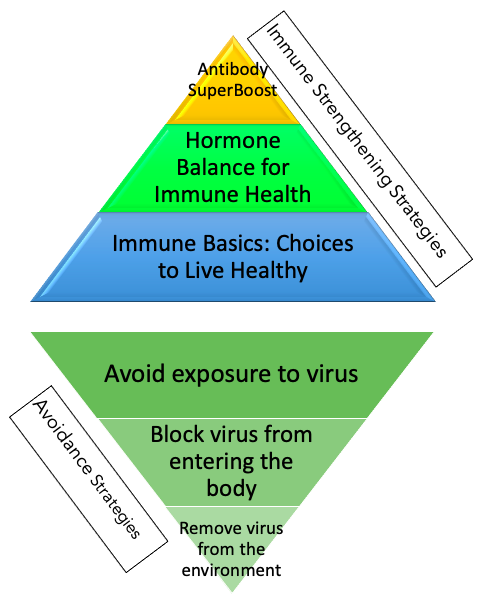The answer lies in Vitamin D’s hormone effects. Vitamin D is labeled a vitamin, but most of its properties reside in its hormonal affect. I affectionally call Vitamin D a “Vitamone” because it acts as both a vitamin and a hormone.
As a hormone, Vitamin D is most known for helping to build strong bones. It is less recognized for its immune signaling affects. When activated, the Vitamin D receptor signals the immune system and induces anti-viral responses including reducing viral replication, reducing viral penetration of cells, and signaling the immune system to kill infected cells.[1]
Regarding the current COVID pandemic, Vitamin D may be a crucial nutrient to reduce hospitalization and mortality. When Vitamin D levels are low, COVID-19 has a better chance to trigger an inflammatory cascade, causing significant illness. Studies are now finding that COVID patients with low Vitamin D levels have higher risk of needing intense hospital care,[2] and Vitamin D supplementation may reduce mortality in COVID-19 patients admitted to hospital.[3] ,[4], [5]
COVID-19 poses further risk for a subset of the infected population that may clear the virus but continue to have symptoms. Post-COVID syndrome, also known Long-COVID, may present with symptoms such as fatigue, headache, lower attention, hair loss, shortness of breath, loss of taste/smell, chest pain, cough, sleep disruption, and joint pain[6] lasting more than 3 weeks following an initial infection. Long-COVID syndrome may occur in for both vaccinated and non-vaccinated infected individuals.
Some researchers theorize that Long-COVID may be due to the re-emergence of past viral infections, such as Kaposi’s sarcoma-associated herpesvirus (KSHV) and Epstein-Barr virus. [7], [8] With its important role in combating other viruses (Epstein-Barr, Influenza (H1N1), Hepatitis C, Rota, and Dengue), [9], [10], [11], [12] Vitamin D may be an important component in preventing or treating Long-COVID.
Thus, maintaining healthy levels of Vitamin D may reduce the severity of a COVID-19 infection while also reducing the chance of triggering the onset Post-COVID syndrome.
So, what to do:
- Testing for Vitamin D levels is important.
In my experience, supplementation and sun exposure do not always correlate with actual Vitamin D levels. Laboratory blood testing is really the only way to know your Vitamin D levels.
I suggest the following Vitamin D testing schedule.
- Test both 25(OH) Vitamin D and 1,25(OH)2D3
- Test in the late Summer/Early Fall to determine how well activities in the summer support your Vitamin D levels.
- Test in Winter to ensure healthy levels during the period of lowest sunlight exposure and highest viral infection risk.
Always make a note next to your test results about level of sun exposure and the Vitamin D dose/product you had for the previous month. This will help you determine and remember what works and doesn’t work to maintain healthy Vitamin D levels.
I usually suggest 1,000-5,000 IU (25-250 mcg) daily, based on individual patient needs. If you are not currently a patient of Dr. Rodgers, please ask your medical provider about your Vitamin D dosage needs.
Dose is based on your blood work results:
- Vitamin D insufficiency is defined as blood levels <30 ng/dL. However, this level may be insufficient to protect one against the inflammatory storm. Conventional physicians may suggest blood levels between 30-50 ng/dL. As a naturopath, I was taught to achieve blood levels between 60-80 ng/dL.
- As a vitamin, Vitamin D helps to make Dopamine, which breaks down into epinephrine and norepinephrine (types of adrenalin). For some people who can’t breakdown adrenalin appropriately, too much Vitamin D may result in anxiety. For those patients whose anxiety worsens with Vitamin D supplementation, I suggest maintaining blood levels ~30 ng/dL.
- It is important to remember that ingesting too much Vitamin D may cause calcium levels to rise too much (hypercalcemia) and deposit in tissues, including the kidney (i.e., kidney stones). Some studies have found this risk to be low,[13] but other studies suggest trends of hypercalcemia occurs at doses ? 2,800 IU/day, but without any adverse events.[14]
If you test low, please supplement safely and re-test 6 weeks after starting supplementation to ensure you have achieved healthy levels.
Types of Vitamin D supplements
Cholecalciferol (Vitamin D3) is the preferred form of Vitamin D, but if one has liver failure or severe intestinal malabsorption syndrome, Calcifediol (25-hydroxyvitamin D3) may be more appropriate.[15] Calcifediol is a prescription medication and not available as nutritional supplement.
Conclusions
- Maintaining healthy Vitamin D levels may significantly reduce COVID-19 induced inflammatory storms.
- Vitamin D may reduce the re-emergence of other viruses, including those responsible for Epstein-Barr syndrome or cancers.
- Testing one’s Vitamin D blood levels is the best way to determine if Vitamin D supplementation is optimal or needs adjusting.
[1] Xu Y, Baylink DJ, Chen CS, et al. The importance of vitamin d metabolism as a potential prophylactic, immunoregulatory and neuroprotective treatment for COVID-19. J Transl Med. 2020;18(1):322. Published 2020 Aug 26. doi:10.1186/s12967-020-02488-5
[2] Diaz-Curiel M, Cabello A, Arboiro-Pinel R, et al. The relationship between 25(OH) vitamin D levels and COVID-19 onset and disease course in Spanish patients. J Steroid Biochem Mol Biol. 2021;212:105928. doi:10.1016/j.jsbmb.2021.105928
[3] Nogues X, Ovejero D, Pineda-Moncusí M, et al. Calcifediol Treatment and COVID-19-Related Outcomes. J Clin Endocrinol Metab. 2021;106(10):e4017-e4027. doi:10.1210/clinem/dgab405
[4] Entrenas Castillo M, Entrenas Costa LM, Vaquero Barrios JM, et al. “Effect of calcifediol treatment and best available therapy versus best available therapy on intensive care unit admission and mortality among patients hospitalized for COVID-19: A pilot randomized clinical study”. J Steroid Biochem Mol Biol. 2020;203:105751. doi:10.1016/j.jsbmb.2020.105751
[5] Nogues X, Ovejero D, Pineda-Moncusí M, et al. Calcifediol Treatment and COVID-19-Related Outcomes. J Clin Endocrinol Metab. 2021;106(10):e4017-e4027. doi:10.1210/clinem/dgab405
[6] Lopez-Leon S, Wegman-Ostrosky T, Perelman C, et al. More than 50 long-term effects of COVID-19: a systematic review and meta-analysis. Sci Rep. 2021;11(1):16144. Published 2021 Aug 9. doi:10.1038/s41598-021-95565-8
[7] Chen J, Dai L, Barrett L, et al. SARS-CoV-2 proteins and anti-COVID-19 drugs induce lytic reactivation of an oncogenic virus. Commun Biol. 2021;4(1):682. Published 2021 Jun 3. doi:10.1038/s42003-021-02220-z
[8] Lehner GF, Klein SJ, Zoller H, Peer A, Bellmann R, Joannidis M. Correlation of interleukin-6 with Epstein-Barr virus levels in COVID-19. Crit Care. 2020;24(1):657. Published 2020 Nov 23. doi:10.1186/s13054-020-03384-6
[9] Brütting C, Stangl GI, Staege MS. Vitamin D, Epstein-Barr virus, and endogenous retroviruses in multiple sclerosis – facts and hypotheses. J Integr Neurosci. 2021;20(1):233-238. doi:10.31083/j.jin.2021.01.392
[10] Villar LM, Del Campo JA, Ranchal I, Lampe E, Romero-Gomez M. Association between vitamin D and hepatitis C virus infection: a meta-analysis. World J Gastroenterol. 2013;19(35):5917-5924. doi:10.3748/wjg.v19.i35.5917
[11] Dissanayake S, Tennekoon S, Gaffoor S, Liyanage G. Vitamin D Deficiency in Dengue Hemorrhagic Fever and Dengue Shock Syndrome among Sri Lankan Children: A Case-Control Study. J Trop Med. 2021;2021:4173303. Published 2021 Oct 14. doi:10.1155/2021/4173303
[12] Suares A, Tapia C, González-Pardo V. VDR agonists down regulate PI3K/Akt/mTOR axis and trigger autophagy in Kaposi’s sarcoma cells. Heliyon. 2019;5(8):e02367. Published 2019 Aug 27. doi:10.1016/j.heliyon.2019.e02367
[13] Ganji MR, Shafii Z, Hakemi MS. Vitamin D Supplementation and Risk of Hypercalciuria in Stone Formers. Iran J Kidney Dis. 2019;13(1):27-31.
[14] Malihi Z, Lawes CMM, Wu Z, et al. Monthly high-dose vitamin D supplementation does not increase kidney stone risk or serum calcium: results from a randomized controlled trial. Am J Clin Nutr. 2019;109(6):1578-1587. doi:10.1093/ajcn/nqy378
[15] Sosa Henríquez M, Gómez de Tejada Romero MJ. Cholecalciferol or Calcifediol in the Management of Vitamin D Deficiency. Nutrients. 2020;12(6):1617. Published 2020 May 31. doi:10.3390/nu12061617
